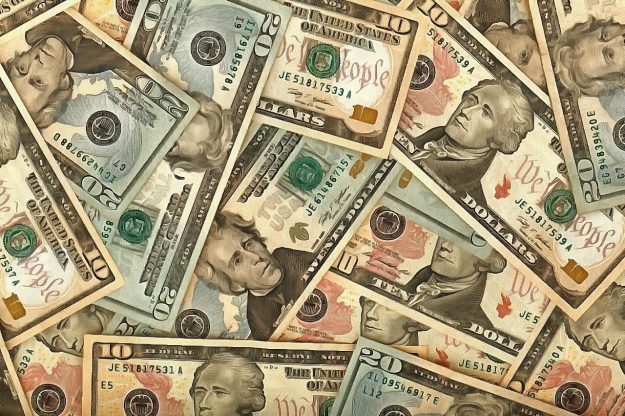12 Steps to Financial Wellness – Step 2: Creating a Budget
Now that you’ve tracked your spending and kept a careful record of where your money goes over the course of a month, you’re ready to move onto the next financial wellness step: creating a budget. Budgets play a crucial role in promoting financial awareness, which leads to more responsible money choices.
Let’s take a look at how to create a budget and review some popular budgeting systems, as well as how they work.
Create a budget in 5 easy steps
- Track your spending and income. This includes all your financial documents, like your account statements, bills and pay stubs. If you’ve followed Step 1, you’ve already completed this step–nice work!
- Tally up your totals. Calculate the totals of your monthly expenses and all streams of income.
- List your needs. Your needs include anything that is essential for living and basic functions, such as mortgage payments. As you list each need, write down its corresponding cost. Sum the total of all your needs when you’ve finished.
- List your wants. This includes anything that is not essential for living, like entertainment costs. Here, too, note the monthly cost of each item on your list and add up the total when you’re done.
- Assign dollar amounts to your expenses. Open a new spreadsheet and copy your list of expenses. Assign an appropriate dollar amount for each of these costs.
- Review and tweak as necessary. You will likely need to adjust the amounts in each expense category at least once a year to keep your budget relevant.
Budgeting systems
There is a wide range of budgeting systems to fit every kind of money management style.
- The traditional budget. After working out a number for every expense category, you’ll track your spending throughout the month to ensure you’re sticking to the plan.
- The money-envelope system. Withdraw the amount you plan to spend on all non-fixed expenses in cash at the start of the month. Divide the cash into separate envelopes, designating one for each of these expenses. Then, withdraw cash from the appropriate envelope when making a purchase in that category.
- The 50/30/20 budget. Set aside 50 percent of your budget for needs, 30 percent for wants and the remaining 20 percent for savings.
A well-designed budget can provide you with a sense of financial security and freedom. Start budgeting today!














